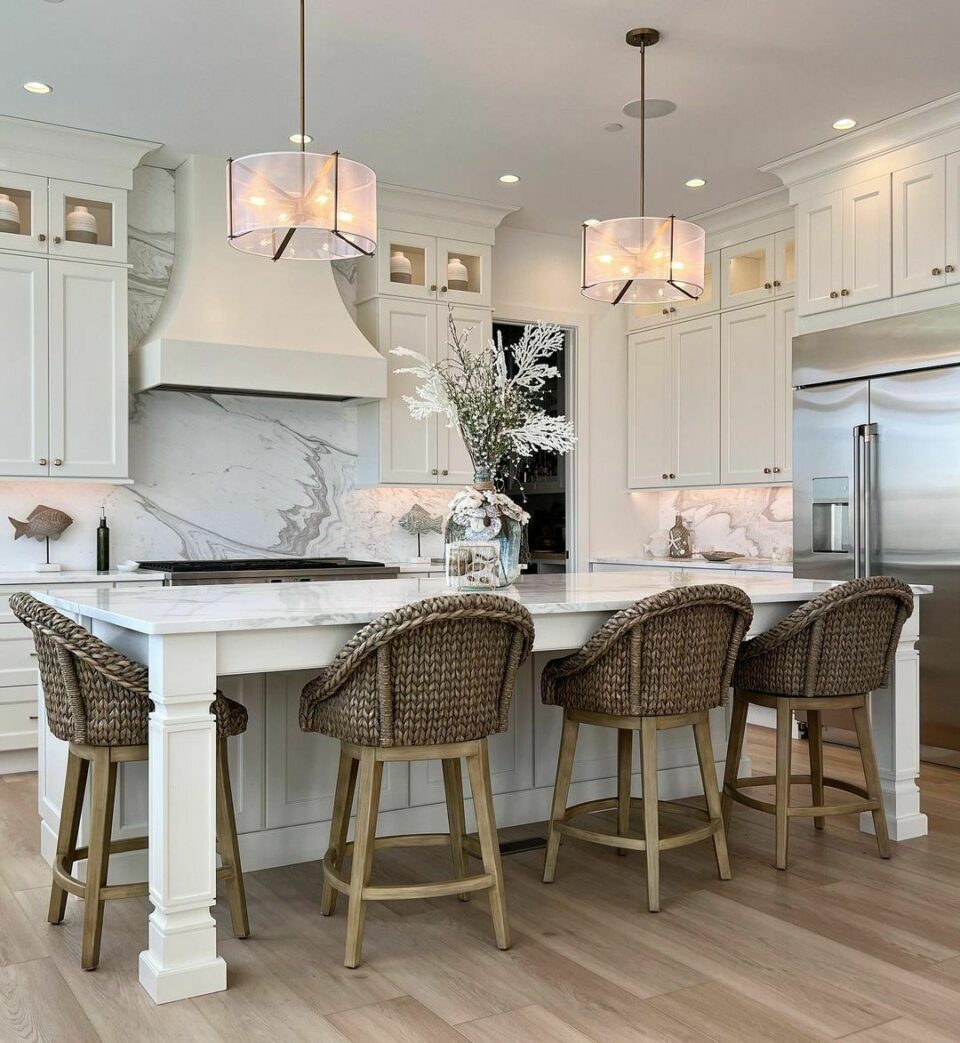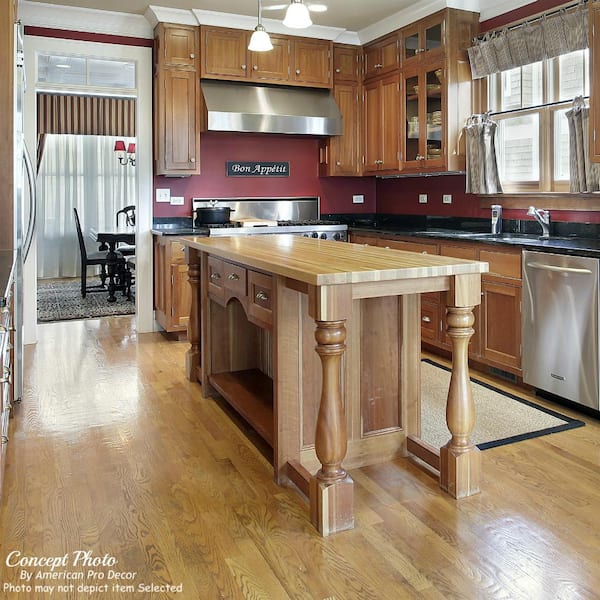Necessary Tips for Selecting the Perfect Kitchen Island Leg for Your Home
Necessary Tips for Selecting the Perfect Kitchen Island Leg for Your Home
Blog Article
The Significance of a Sturdy Cooking Area Island Leg in Producing a Practical Food Preparation Location
A sturdy cooking area island leg acts as a basic part in developing a useful cooking setting, offering necessary support for both the countertop and various cooking area activities. The stability it offers can considerably reduce the danger of crashes in high-traffic areas, while additionally adding to the overall visual coherence of the room. As kitchens advance into multifunctional areas for cooking, dining, and interacting socially, the choice of products and style considerations for island legs ends up being significantly vital. Recognizing these components can transform your kitchen area into a more secure and much more reliable location, motivating further expedition into the most effective options offered.
Advantages of Sturdy Island Legs
Offering necessary assistance, durable kitchen area island legs play a crucial duty in improving the functionality and sturdiness of kitchen area islands - kitchen island leg. These legs not just bear the weight of the kitchen counter and any added items positioned on the island, but additionally add to the total security of the framework. A well-supported kitchen island ensures that it stays upright and useful, also under hefty use, which is particularly essential in busy cooking area environments
Additionally, strong island legs can boost the aesthetic allure of the kitchen. They supply a solid structure that can match different layout styles, from modern to conventional. This convenience enables homeowners to customize their kitchen islands according to individual preference while guaranteeing that the architectural integrity continues to be uncompromised.
Along with their helpful role, durable kitchen island legs can likewise enhance safety. A steady island lowers the danger of accidents brought on by wobbling or tipping, which is specifically crucial in families with children or elderly individuals. Additionally, solid legs can help with a seamless flow of tasks, permitting reliable meal preparation and social communications within the cooking area room. Ultimately, buying durable kitchen area island legs is crucial for a useful and aesthetically pleasing cooking location.
Materials for Kitchen Island Legs
When selecting materials for cooking area island legs, longevity and visual allure are essential factors to take into consideration. The most common products include wood, metal, and crafted timber, each offering distinct benefits.
Hardwood, such as maple, cherry, or oak, is a classic selection as a result of its strength and classic elegance (kitchen island leg). It can withstand considerable weight and is immune to put on, making it perfect for high-use kitchen environments. Furthermore, hardwood can be tarnished or repainted to enhance numerous kitchen area styles
Steel legs, frequently crafted from stainless steel or wrought iron, give a modern-day and industrial appearance. They are exceptionally solid and can sustain substantial loads while being resistant to dampness and heat, which is helpful in a cooking location. Metal legs can additionally be easily cleansed, boosting their usefulness.

Style Considerations for Stability
The selection of materials for kitchen island legs directly affects the layout factors to consider for stability. When making a kitchen area island, it is paramount to review the weight-bearing capacity of the selected materials. Larger products, such as solid wood or steel, generally offer better stability, particularly under the tension of daily usage.
Additionally, the leg design should integrate appropriate geometry to improve security. A broader base enhances the assistance area, decreasing the danger of tottering or tipping. Factor to consider needs to also be given to the elevation of the legs; disproportionate leg sizes can result in discrepancy, endangering the general stability of the island.
Moreover, the distribution of weight throughout the island is crucial. Making sure check over here that the leg placement straightens with the heaviest components, such as home appliances and counter discover this info here tops, will additionally improve security.
Upkeep Tips for Durability

Depending on the material of the legs-- whether timber, steel, or composite-- proper cleaning methods should be used. Steel legs might call for a light gloss to protect against rust and maintain their gloss.
Additionally, tightening up screws and bolts consistently can make certain stability and avoid tottering. Think about reinforcing the legs with extra braces or sustains to improve sturdiness if the kitchen area island experiences heavy usage. Last but not least, applying a protective coating or sealant can secure versus dampness and stains, extending the life-span of the legs. By complying with these maintenance suggestions, homeowners can guarantee their kitchen island legs remain durable and functional for many years ahead.
Choosing the Right Leg Design
Normal upkeep makes certain that kitchen island legs remain useful and sturdy, but selecting the right leg design is just as essential for both appearances and assistance. The selection of leg style can considerably affect the total design and consistency of your kitchen.

Functionality is one more crucial element. Thicker legs or those with a tough base can support heavier counter tops and equipment, improving the island's energy. On the other hand, slim legs might develop an airy look, suitable for lighter styles but possibly less helpful.
Final Thought
In great site summary, the value of sturdy cooking area island legs can not be overstated in the creation of a useful cooking location. These legs supply essential support, boost security, and add to the overall aesthetic of the kitchen.
A tough cooking area island leg serves as a basic component in developing a practical food preparation setting, providing necessary assistance for both the counter top and various kitchen tasks.Providing important assistance, durable cooking area island legs play a pivotal function in boosting the capability and toughness of cooking area islands. Ultimately, spending in durable kitchen island legs is crucial for a useful and visually pleasing cooking location.
Factor to consider must additionally be offered to the elevation of the legs; out of proportion leg sizes can lead to imbalance, jeopardizing the general security of the island.
Wooden legs supply warmth and a traditional appearance, while metal legs supply a modern-day and industrial feeling.
Report this page